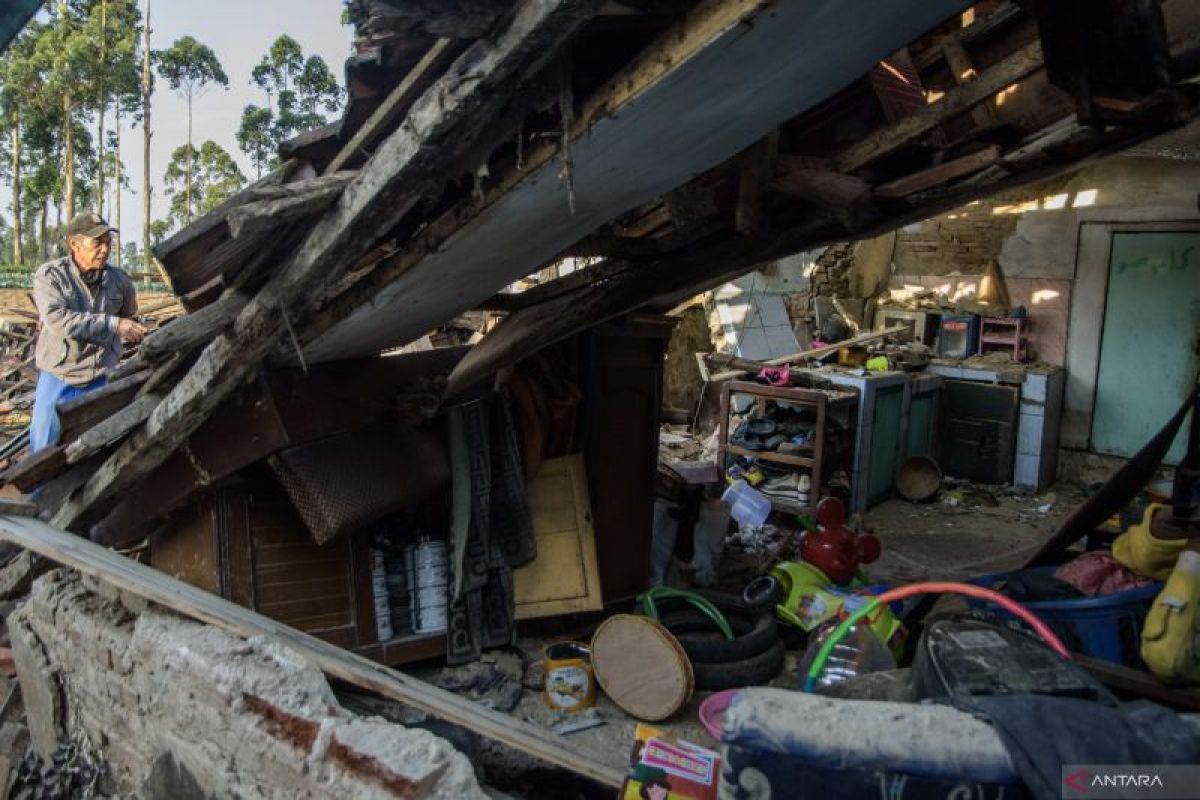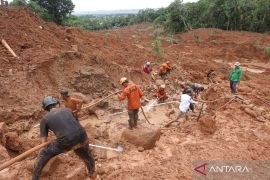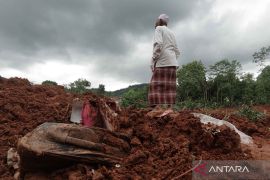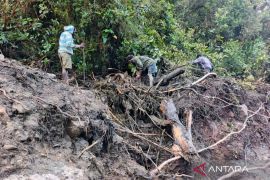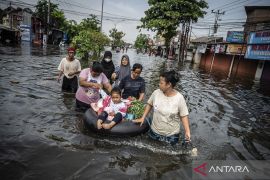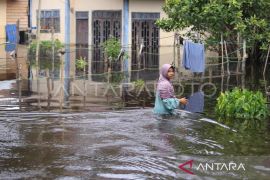"The current calculation methodology for disaster risk assessment needs to incorporate the effects of climate change on dynamic trends," said Udrekh, BNPB's Director of Disaster Risk Mapping and Evaluation, during an online discussion hosted by the Ministry of Environment and Forestry on Thursday.
He explained that the existing methodology for calculating disaster risk primarily focuses on parameters related to climate influence in the country but does not account for climate change parameters.
Therefore, an integrated approach is necessary to illustrate the real impact of climate change on increasing disaster risk, he added.
Udrekh emphasized the importance of strengthening disaster risk reduction (DRR) and climate change adaptation efforts in regional development planning.
Another important step is to enhance regulations that encompass the diverse interests of different administrative areas, he noted.
Udrekh also stressed the necessity for a holistic approach to disaster mitigation, which should be implemented based on river basin areas and involve relevant stakeholders.
"If we can implement this, we can focus on addressing problems one by one," Udrekh said. "Of course, this requires a long-term commitment from stakeholders."
He added that climate change raises the risk of disasters, making prompt action essential for mitigation.
Furthermore, disaster risk mapping is needed to support the community's disaster early warning system and improve their ability to respond to disasters.
Related news: BNPB offers quake-resistant home solutions for low-income families
Related news: BNPB sends financial, logistical aid to earthquake victims in W Java
Translator: Prisca V, Kenzu
Editor: Anton Santoso
Copyright © ANTARA 2024
